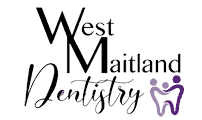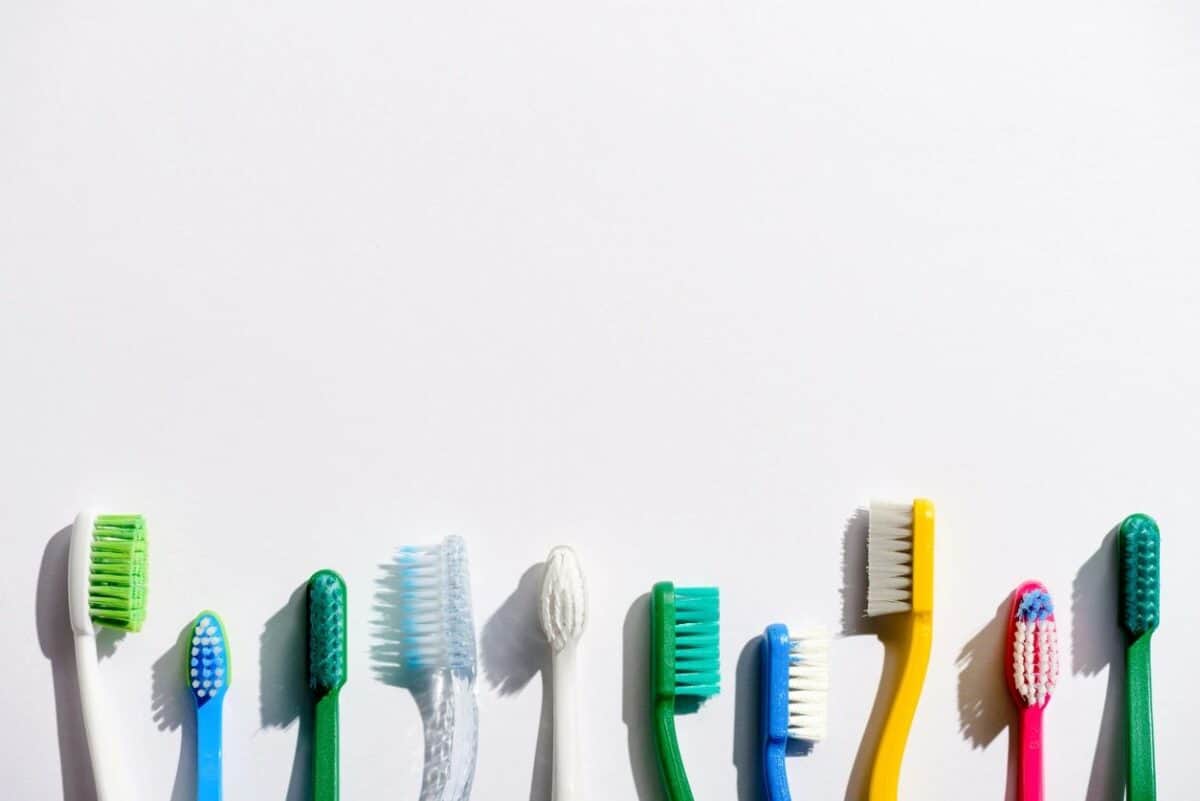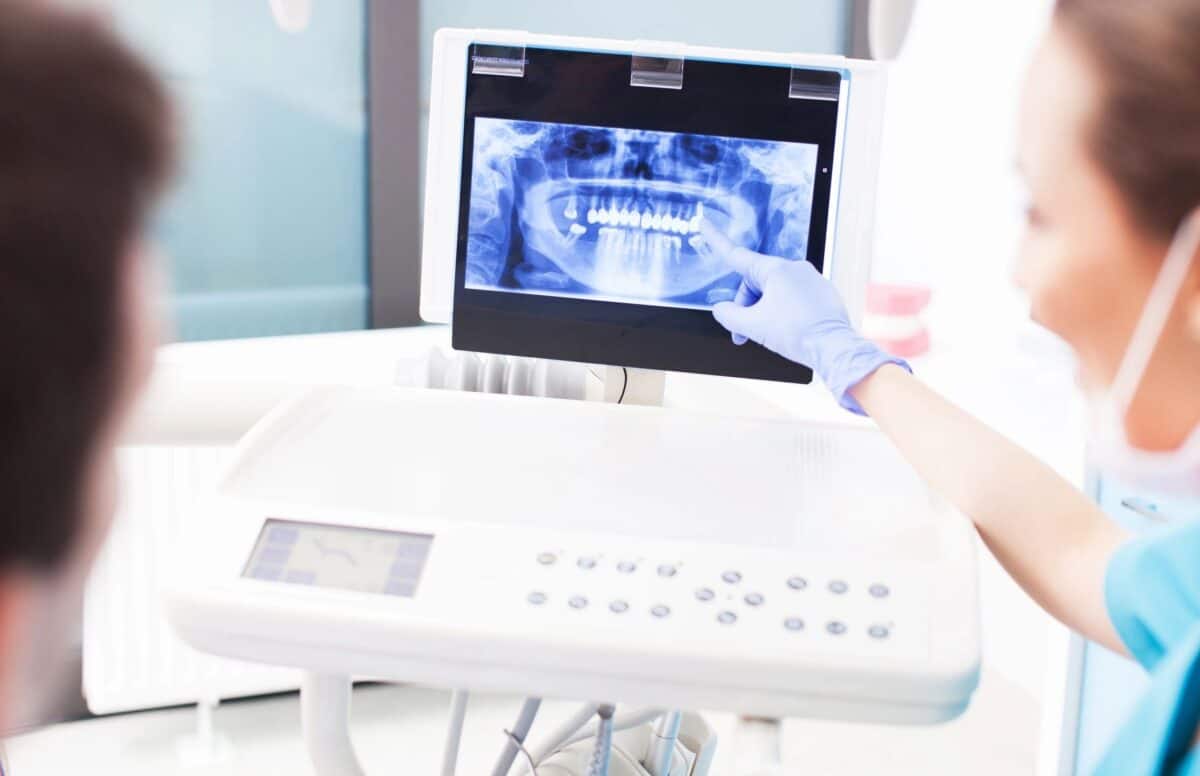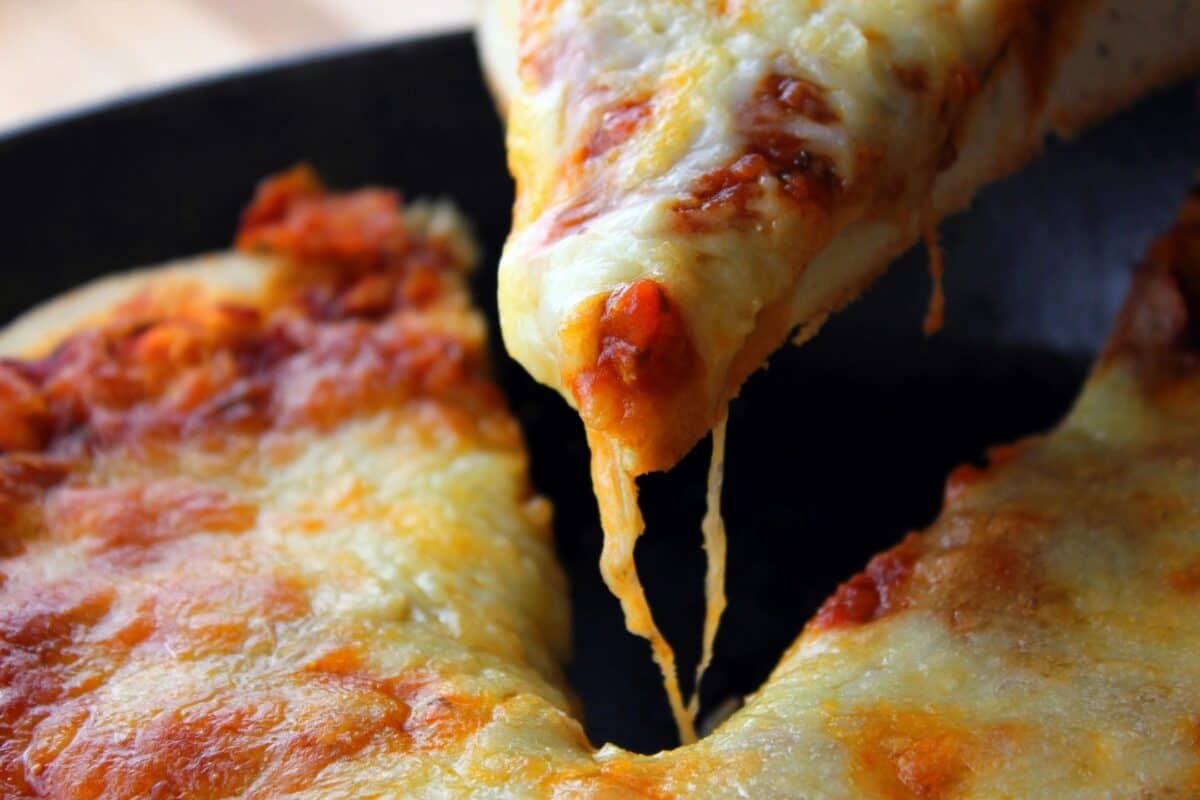A common trend we’ve been seeing lately is the use of charcoal infused tooth products. These products claim that they whiten your teeth. They also promote bacteria removal from your mouth as well. Let’s dive deep and see what are the risks and benefits of charcoal toothpaste.
First off what is charcoal toothpaste?
Charcoal is a form of carbon that is made by burning natural substances such as coconut shells and wood. This becomes oxidized and formed into a fine powder which is placed into toothpaste. These charcoal toothpastes generally don’t contain fluoride.
Does it whiten teeth?
Yes and no. Due to charcoal’s abrasive nature it may remove staining on the outside of the tooth called extrinsic staining. But it cannot penetrate the tooth to remove the staining within, called intrinsic staining.
Does it have an antibacterial effect?
No studies have shown that there is a significant antibacterial effect with charcoal toothpaste.
Can it do any damage?
Yes, it can damage teeth with its abrasiveness leading to loss of enamel. The enamel is the hard, white outer surface layer of your tooth. The more you strip it away the more yellow your teeth will look since the layer below it, the dentin, is a yellower color. The dentin is also a sensitive layer so with more of your enamel gone you may notice increased sensitivity.
The dark charcoal can get into small gaps you may have on your teeth. This can range from existing dental work or micro cracks your teeth. This type of staining is difficult to remove. Finally without any fluoride in the toothpaste it leaves you susceptible to cavities.
The American Dental Association has not found any evidence that charcoal toothpaste is safe or effective for your teeth. We agree and do not recommend any charcoal based tooth product. When considering whitening your teeth remember there are safer options to choose from such as in office or take home whitening trays. For toothpaste recommendations refer to the ADA website to see if your toothpaste is accepted and recommended.




